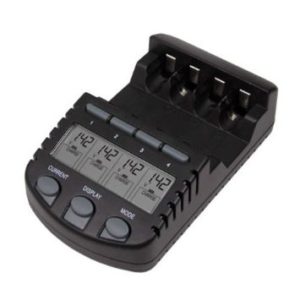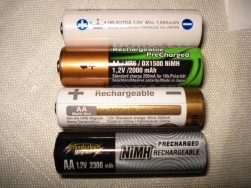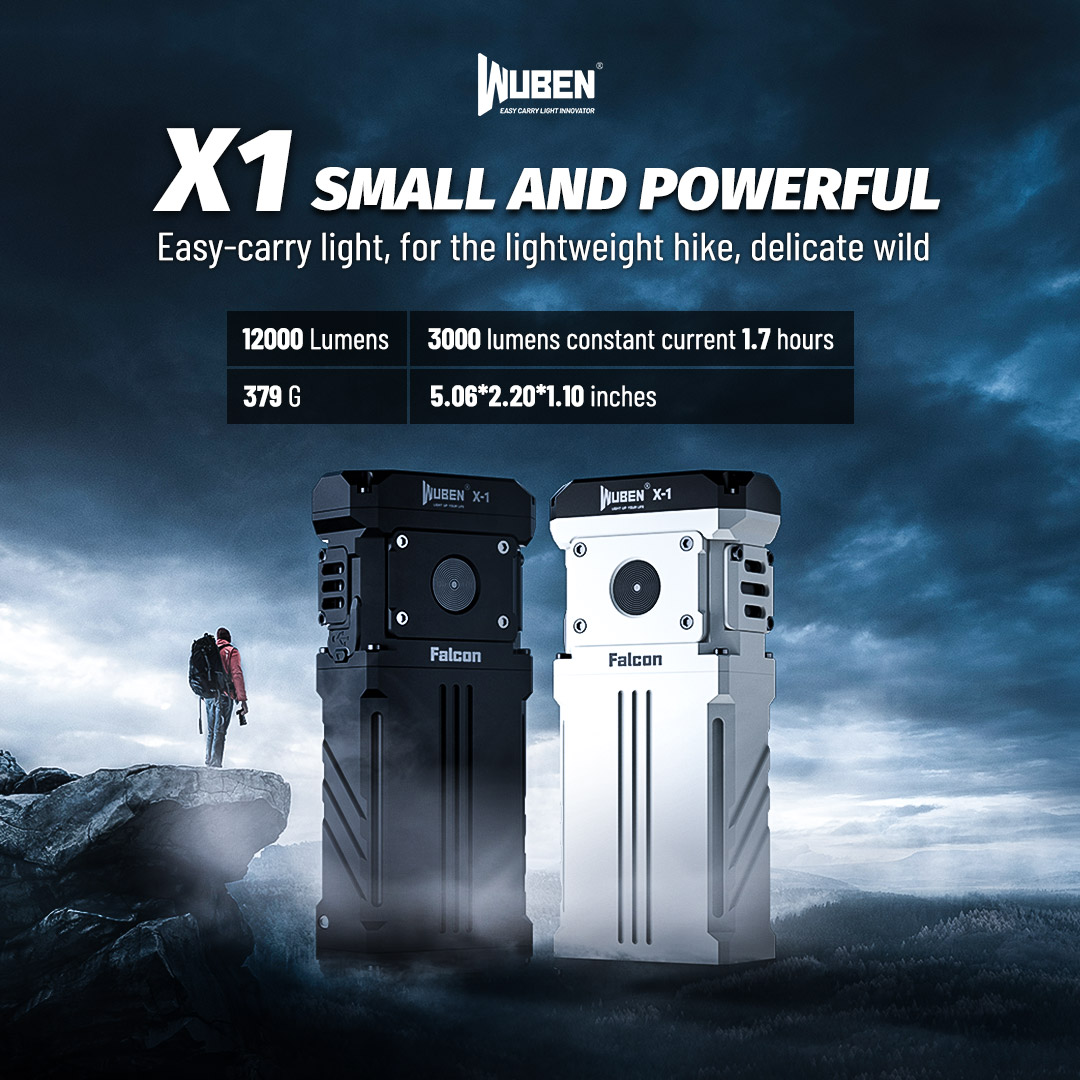In addition to flashlights, there are thousands of uses for batteries. But if you’re trying to save money, and go green at the same time, you might consider switching to rechargeable batteries. There are many advantages to using rechargeable cells in today’s high-tech gadgets. Even if you are considering the switch, your first question or concern might still revolve around how to use a battery charger. It’s a valid question and I’ll make the answer as easy to understand as possible.
CLICK HERE for a primer on chargers.
So as far as using a charger is concerned, let’s break it down by battery type.
CHARGING A LITHIUM-ION BATTERY
Charging batteries is a simple process, but needs to be done with safety in mind.
Make certain the battery is inserted into the charger button end up. All Lithium-ion batteries operate at a top voltage of 3.7 volts. When fully charged, a voltage meter will typically read them between 4.0 and 4.2 volts. If you have this charger from Xtar, you don’t necessarily need a separate meter to test them. It’s recommended to remove the battery from the charger as soon as possible once the full charge has been reached. Most chargers will go into “trickle-charge” mode when finished, but lithium batteries (although not annoyed by frequent charging) don’t generally appreciate being fed a low-dose of current for long periods at a time. It’s normal for rechargeable batteries to become mildly warm during a charging session. But should any of your batteries ever become HOT during the charging cycle, you should remove them immediately!! In a situation such as this, they have the potential to become dangerous. Rule of thumb; don’t leave charging batteries unattended. Reliable chargers are said to self monitor the status of the cells they’re charging, and cancel the charge should the batteries get too warm.
For tips on the care and handling of lithium batteries, refer to this article.
CHARGING AN NiMH BATTERY
In terms of using battery chargers, there’s not much of a distinction between charging NiMH and the aforementioned Lithium-ion variety. The main difference here, is that a standard NiMH cell only has 1.2 volts to its name. When fully charged, they’ll end up close to 1.33 volts. NiMH battery chemistry is not quite as sensitive as lithium. Trickle-charging is not quite as objectionable with NiMH cells and the potential for disaster is substantially lower. Still, it never hurts to make safety your number one goal!
This link will get you to a main charger page at Amazon.







